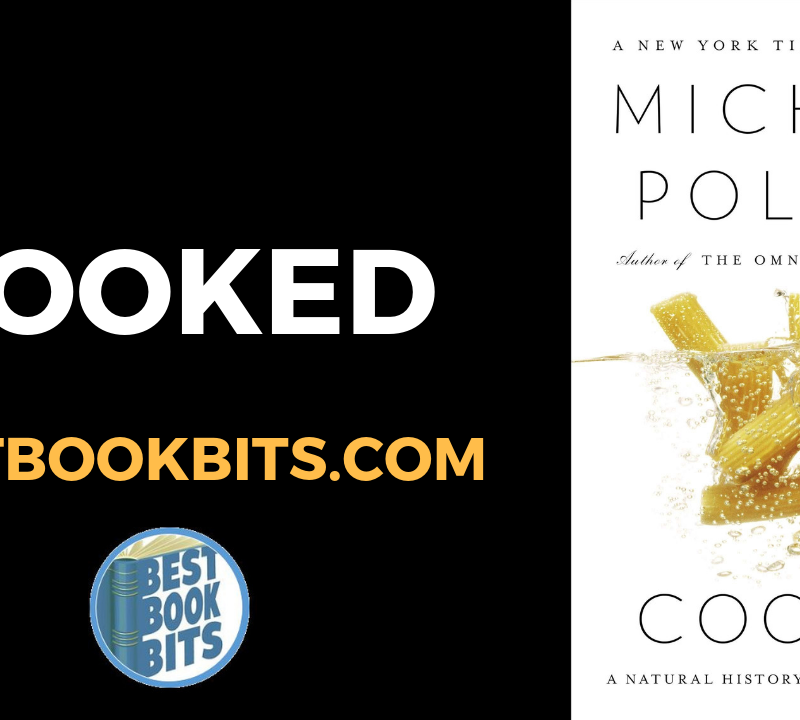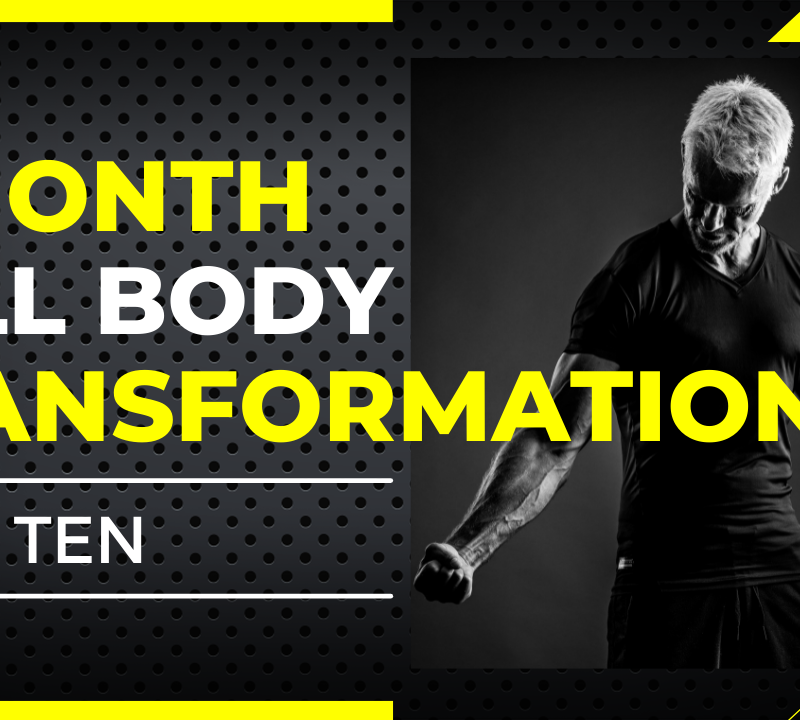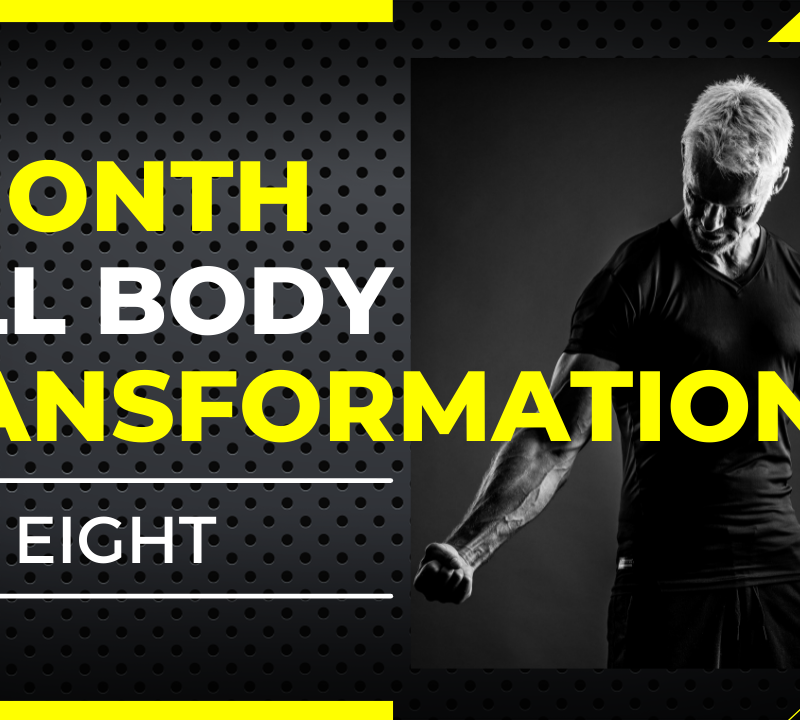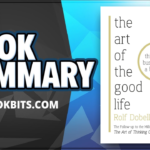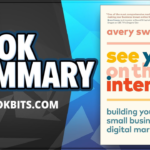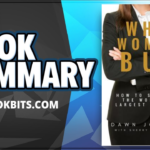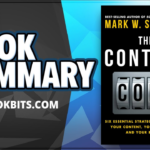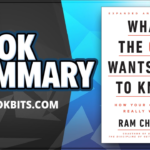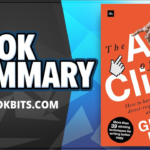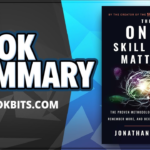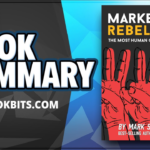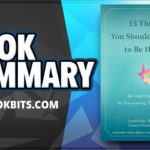GET THE 500+ BOOK SUMMARY BOX SET IN PDF & MP3 here
FOLLOW US HERE > |YouTube |Spotify | Instagram | Facebook | Newsletter | Website
Dopamine Nation: Finding Balance in the Age of Indulgence by Anna Lembke
This book is about pleasure. It’s also about pain. Most important, it’s about how to find the delicate balance between the two, and why now more than ever finding balance is essential. We’re living in a time of unprecedented access to high-reward, high-dopamine stimuli- drugs, food, news, gambling, shopping, gaming, texting, sexting, Facebooking, Instagramming, YouTubing, tweeting… The increased numbers, variety, and potency is staggering. The smartphone is the modern-day hypodermic needle, delivering digital dopamine 24/7 for a wired generation. As such we’ve all become vulnerable to compulsive overconsumption.
In Dopamine Nation, Dr. Anna Lembke, psychiatrist and author, explores the exciting new scientific discoveries that explain why the relentless pursuit of pleasure leads to pain…and what to do about it. Condensing complex neuroscience into easy-to-understand metaphors, Lembke illustrates how finding contentment and connectedness means keeping dopamine in check. The lived experiences of her patients are the gripping fabric of her narrative. Their riveting stories of suffering and redemption give us all hope for managing our consumption and transforming our lives. In essence, Dopamine Nation shows that the secret to finding balance is combining the science of desire with the wisdom of recovery.
Summary of Dopamine Nation Written by Anna Lembke
Introduction
The Problem
We’ve transformed a world of scarcity into a world of abundance that delivers dopamine 24/7.
You should know that:
- Dopamine is the “universal currency” to measure the addictive potential of an experience.
- The brain processes pleasure and pain in the same place.
- Pleasure and pain are the opposite sides of the same balance.
- When we want a good experience to continue, the balance tips to the side of pain.
Part I: The Pursuit of Pleasure
Chapter 1: Our Masturbation Machines
Addiction broadly defined is the continued and compulsive consumption of a substance or behavior (gambling, gaming, sex) despite its harm to self and/or others.
The first cause for the development of an addiction is the availability of the addictive product. The less of it there is, the smaller the risk of getting addicted.
While alcohol thrived in the black market during the prohibition in the US, there were much fewer alcoholics than now.
When it became legal again, alcoholism increased.
In our society, technology made everything
- More available.
- More addictive.
Eg:
- Morphine, heroin, and fentanyl
- Cigarettes
- Weed
- Food (fried, sweet, etc)
- Digital products: videos, porn, games, gambling, etc.
The act of consumption itself has become a drug.
Seventy percent of global world deaths are attributable to smoking, physical inactivity, and diet.
The poor and undereducated, especially those living in rich nations, are most susceptible to the consumption of addictive products.
They have easy access to high-reward drugs whose consumption is indirectly encouraged by the lack of access to meaningful work, safe housing, quality education, and affordable health care.
Whatever the product consumed, addicted people’s stories are all similar: they just want to feel good.
Chapter 2: Running from Pain
The second factor that creates addiction is the obsession with maximizing pleasure and decreasing pain.
Religious man was born to be saved; psychological man is born to be pleased.
We mostly focus on getting pleasure while trying hard to avoid all of the pain that goes with it.
Today, parents raise kids without any willingness to put them through difficult situations that fortify them. As a result, kids become lazy and afraid every time they need to go through a tiny bit of pain.
This makes them soft.
In the past, doctors believed that pain healed patients faster (they were hence unwilling to prescribe painkillers).
While this has never been proven, the opposite has: painkillers make for a slower recovery…
Today, it’s the opposite of the past. Pain is bad and must be alleviated directly. As a result, the use of anti-depressants has exploded in recent decades.
Beyond extreme examples of running from pain, we’ve lost the ability to tolerate even minor forms of discomfort. We’re constantly seeking to distract ourselves from the present moment, to be entertained.
Eg: most people cannot eat or walk without listening to or watching some sort of entertainment.
The “pain” of boredom is too strong.
Unfortunately, avoiding being miserable is making us miserable.
Both psychological and physical pain have been rising since we have been measuring them.
Chapter 3: The Pleasure-Pain Balance
By better understanding the mechanisms that govern pain and pleasure, we can gain new insight into why and how too much pleasure leads to pain.
The brain is made out of neurons that communicate with each other by sending electric signals and neurotransmitters along cables called synapses.
An extremely basic drawing of a neuron communicating with another.
Dopamine is one of these neurotransmitters. It’s the most important one when it comes to rewards and motivation.
In fact, it plays a bigger role in the action that leads to the reward (wanting. Eg: getting up to get an ice cream) rather than the reward itself (liking. Eg: the ice cream).
Labs mice modified not to make dopamine did not seek food and starved to death, even if the food was located right next to them…
The more dopamine the brain releases upon doing something, the more that thing becomes addictive.
Here’s how much increase in dopamine the following activities lead to for rats.
| Activity | Increase |
| Chocolate | 55% |
| Sex | 100% |
| Nicotine | 150% |
| Cocaine | 225% |
| Amphetamine | 1000% (aka 10 orgasms) |
The Pain-Pleasure Balance
Scientists discovered that pain and pleasure work like a balance.
The pain/pleasure balance.
The problem is that this balance wants to constantly remain in equilibrium.
As soon as it tips on the side of pleasure…
The pain/pleasure balance, on the side of pleasure
It automatically comes back into equilibrium by manufacturing pain to do so (this principle is called homeostasis).
The pain/pleasure balance reequilibrating.
Then it further tips towards pain (of course).
The pain/pleasure balance, on the side of pain.
This effect is called the opponent-process theory.
“Any prolonged or repeated departures from hedonic or affective neutrality . . . have a cost.”
That cost is an “after-reaction” that is opposite to the stimulus. “What goes up eventually comes down”.
The natural solution to avoid the pain is to repeat what initially gave pleasure.
The problem is that the brain builds tolerance to what gives it pleasure. As a result, the amount of pleasure we experience weakens, but the amount of pain increases.
The amount of pleasure we experience then gets weaker and weaker, and the amount of pain bigger and bigger.
Therefore, you need more and more of the pleasurable stimulus to achieve equal pleasure.
If you go too far in your consumption, the balance gets permanently tipped on the side of pain.
The balance gets permanently tipped on the side of pain.
Prolonged consumption of high-dopamine substances eventually leads to a dopamine deficit state.
-> nothing feels good anymore.
The pursuit of pleasure for its own sake, leads to anhedonia, which is the inability to enjoy pleasure of any kind.
When addicted people reach this point, they stop feeling anything when they take their drug, which makes them feel miserable. And they feel equally miserable if they don’t take it.
Side note: the balance is a metaphor. We can experience both pleasure and pain at the same time (eg: eating spicy food). Furthermore, not everyone starts off with the same balance. For some, it’s inherently tipped to the side of pain.
Symptoms of withdrawal from any addictive substance are anxiety, irritability, insomnia, and dysphoria.
People who relapse into their addiction have their balance tilted to the side of pain. They suffer, so they feel the need to tip the balance the other way.
This is called dysphoria-driven relapse (avoiding pain rather than seeking pleasure).
If you wait long enough, the brain eventually resets and the balance comes back into equilibrium.
People, Places, and Things
The pleasure-pain balance is not only triggered by the drug itself but also by cues that existed in the environment where the drug was consumed
This is Pavlov’s principle: the brain triggers dopamine when it receives the cue. Right after receiving the cue, the brain decreases the level of dopamine which compels us to seek the reward (this is how craving works).
Dopamine in the brain.
If we get the reward, dopamine increases. If we don’t, dopamine plunges even further (it’s the letdown to unmet expectations).
In gambling, players experience as much dopamine when they both lose and win. The more they lose, the stronger the urge to play, the better the reward when they win.
The same principle likely applies to social media, where both negative and positive attention is pleasurable.
The problem with some addictions (like cocaine, alcohol, opioids, or even cannabis) is that it seems you never really get rid of them.
Eg: When rats were injected with cocaine after running, they went from running a nice chilled jog to running faster every day, until sprinting.
After one year of sobriety (a long time for a rat), the scientists gave them cocaine again. They directly went back to sprinting.
The more addicted to a substance you are in general, the less pleasure you will feel in other situations.
Every pleasure exacts a price, and the pain that follows is longer lasting and more intense than the pleasure that gave rise to it.
With prolonged and repeated exposure to pleasurable stimuli, our capacity to tolerate pain decreases, and our threshold for experiencing pleasure increases.
Why is that?
Because our reward/pain neural path was adapted to a world of scarcity. It was so well adapted that we have transformed this world into a world of abundance, with the problems that we know today.
The net effect is that we now need more reward to feel pleasure, and less injury to feel pain.

